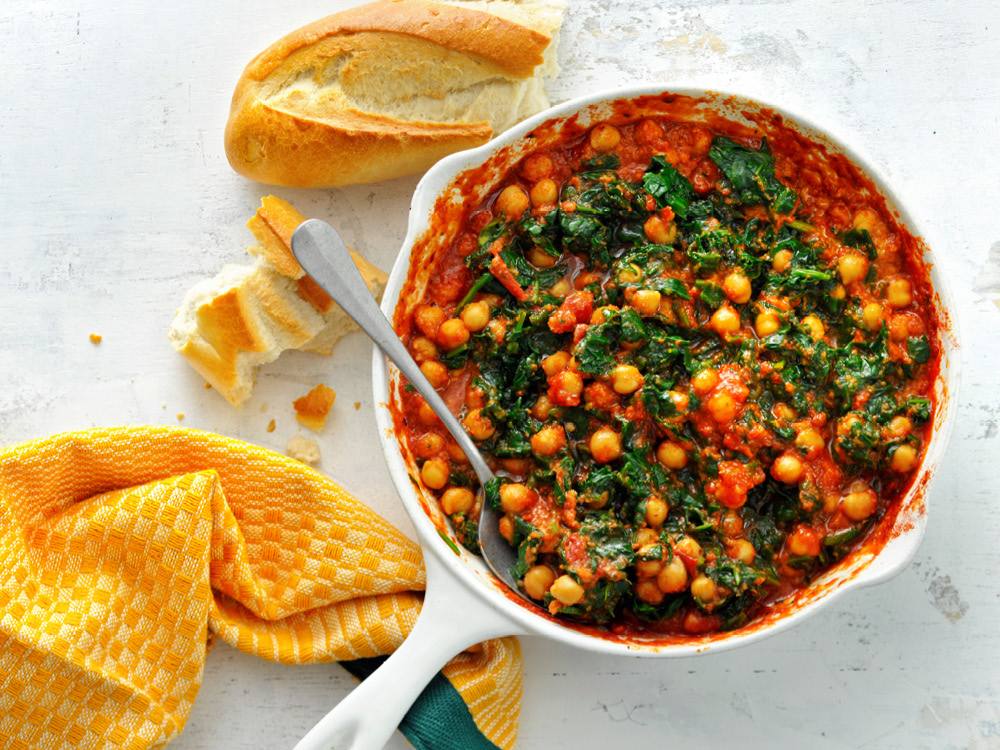Let’s start with the facts. Along with avoiding meat, a strictly vegan diet excludes all animal-derived products, including dairy, eggs, and honey. The list of non-vegan foods is lengthy, and it includes some items you might not consider, like gelatin (found in foods like jam, pudding, and marshmallows), soda (many brands contain insect-derived dyes), and certain alcoholic drinks (some beer and wine is clarified using bone marrow or casein, a milk byproduct). Other foods that might seem vegan-friendly, like canned soups and beans, may contain animal-derived flavorings or preservatives, so always read labels thoroughly.
So, what CAN you eat? Here are some keys to following a vegan lifestyle:
1. All fruits and vegetables are fair game. Variety is the spice of life, and that’s definitely true when it comes to a vegan lifestyle. Eating seasonally and experimenting with different types of produce will help to ensure you’re getting a wide range of nutrients and that mealtime is never boring.
2. Pick plant-based protein sources. Beans, lentils, nuts, seeds, and soy-based meat alternatives like tofu and tempeh are all vegan-friendly ways to stay full and fueled.
3. Round out meals with whole grains. Incorporating a diverse range of grains is a tasty way to make meals hearty and satisfying. With so many options to choose from—oats, barley, brown rice, quinoa, and bulgur, just to name a few—whole grains are versatile building blocks for vegan cuisine.
Despite the number of “forbidden” foods, a vegan diet can be nutritious—and delicious—with proper meal planning. And eating more greens is not only good for your health, it’s good for the planet.
Whether you’re a lifelong vegan, a short-term dieter, an environmentalist, or just curious about the lifestyle, these five plant-powered recipes are sure to please any palate.
Pumpkin Lentil Stew

Kale-Quinoa Salad with Edamame

Spicy Air Fryer Crispy Tofu Bowl

Spanish-style Stewed Spinach and Chickpeas

Vegan Chocolate Tart










